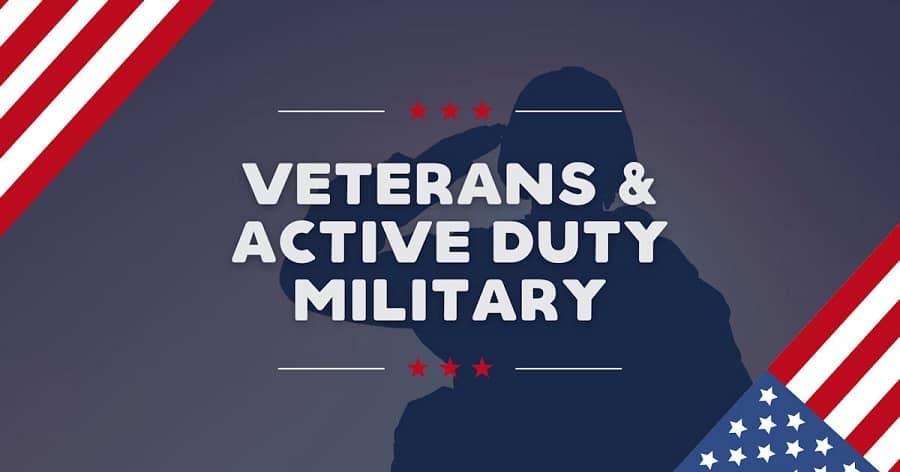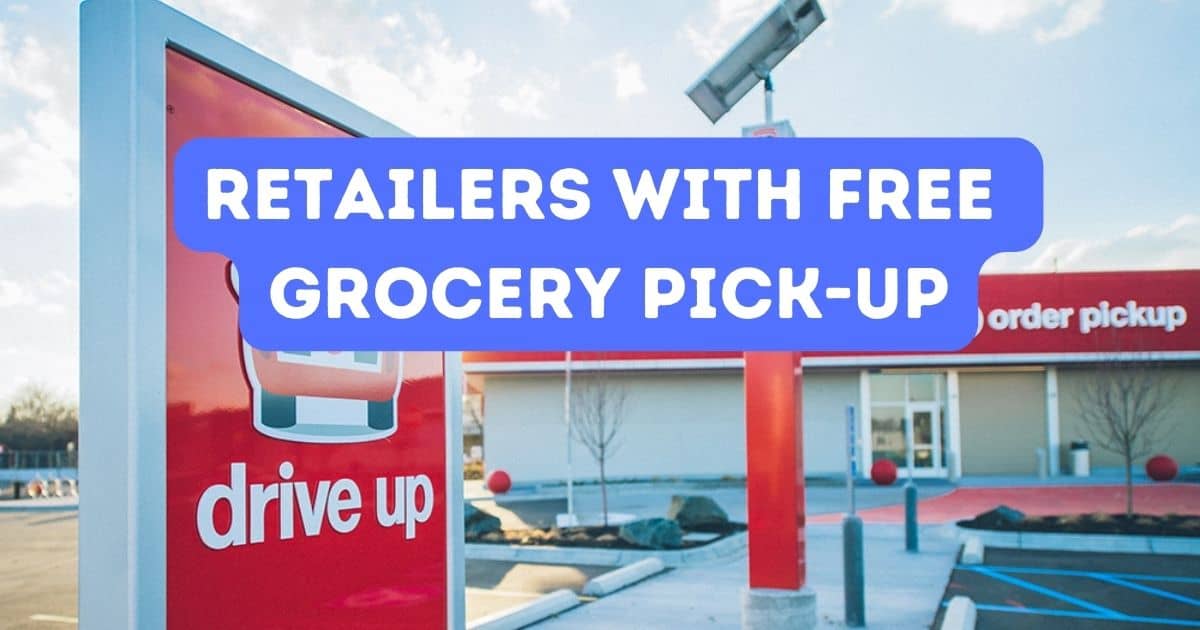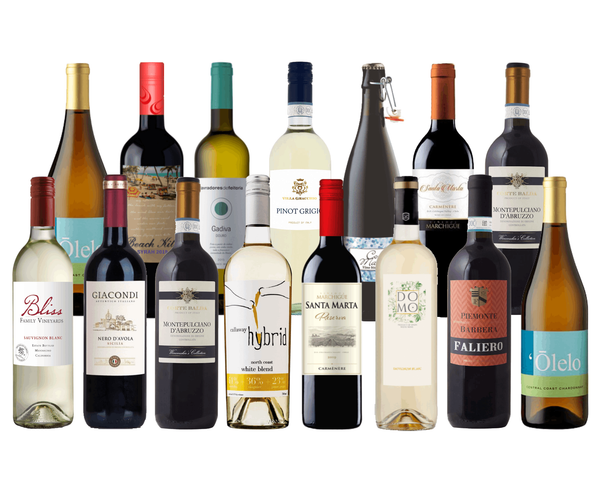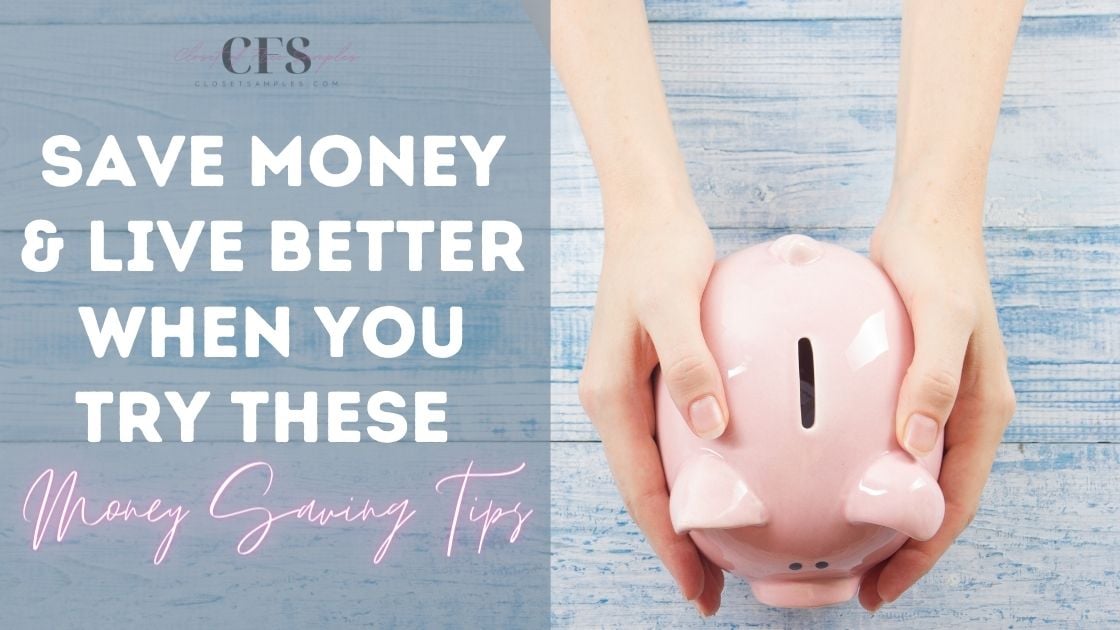
Nobody likes reading the fine print on anything, but in the world of couponing, it’s a game changer. Understanding these 10 frequently used phrases is essential.
1. What does “Limit one coupon per purchase” mean?

When trying to understand the fine print on a coupon, like “limit one coupon per purchase,” remember: words like “purchase” or “purchase of item” mean you can use one type of coupon for every individual item purchased. Purchase 20 items, use 20 coupons. “Limit one coupon per purchase” is meant to enforce the point that you can’t use two of the exact same coupons for one item.
Here’s an example:
If someone is buying three tubs of frosting and they have three $0.50/1 Betty Crocker frosting coupons, they can use one coupon for each frosting. On the other hand, if the coupon is $1/3 Betty Crocker frostings, the shopper can only use one coupon per three frostings purchased.
2. What does “Limit one coupon per transaction” mean?

When you see this phrase in the fine print, you can only use one of these specific types of coupons per item, and per store transaction.
Here’s an example:
Say you want to buy two bottles of Tide and you have two of the same store coupon that reads “Limit of one coupon per transaction.” You’ll need to buy one bottle, use one coupon, pay the cashier, and then do a separate transaction for your second bottle, use the second coupon, and pay the cashier again.
Can I combine two “Limit one coupon per transaction” coupons for the same item as long as they’re different types of coupons?
You sure can, as long as both aren’t manufacturer coupons. You can combine a store and manufacturer coupon to get a bigger discount on the purchase of a single product in the same transaction. Even if both coupons say “Limit one coupon per transaction,” you can use them together because they’re not identical coupons. Make sense?
Here’s an example:
You want to buy a bottle of the Tide that’s on sale at Target and have one store coupon and one manufacturer coupon for the same Tide. Both coupons say “Limit one coupon per transaction.” Because you have two different types of coupons, you can use both (a.k.a. stacking coupons) to score significant savings. Have other coupons for different products in your transaction? You can use those too—as long as you obey the fine print on each separate coupon.
3. Can you use a coupon that says “Available at Walmart” at Target?

Yup—as long as the “Redeemable at…” or “Available at…” coupon also states “Manufacturer Coupon” on it. Many of the printable coupons from Coupons.com have a store suggestion on them. Keep in mind, this is only a suggestion. Some retailers like Walmart pay to have their names printed on manufacturer coupons, but this doesn’t mean you can’t use them at other stores. Unless the coupon specifically says…
“Redeemable only at…
” If a coupon has the term “Redeem only at…” on it, redeem at the store listed. The coupon is a manufacturer coupon, but only the store listed will be compensated for the value.
“Only at…”
If the coupon says “Only at…” that means the product itself is only available at a particular store. However, if the coupon has a long expiration date, it may be good to hold on to this coupon until more stores receive the item, pushing the price down.
4. What does “Limit of 4 identical coupons” mean?

When you see this verbiage on a coupon, it means you may only use four of the same, identical coupon
Here’s an example:
You have four of the same $4/2 Pantene Shampoo products and each coupon requires you to buy two bottles. You can use all four coupons and get eight total bottles.
5. What happens when a BOGO coupon’s “not-to-exceed” value is less than an item’s actual price?

When you have a BOGO coupon, you can purchase one item and get an identical product for free or discounted depending on the coupon. The only issue is when the fine print states “not to exceed $X” or “Up to $X” or “Maximum retail value $X” and the shelf price is more than that amount. At most retailers, you’ll be responsible for the difference.
Here’s an example:
You have a BOGO coupon for Colgate Optic White toothpaste and the fine print says “not to exceed $2.97.” So you go to Rite Aid and find that the shelf price is actually $3.17. At the register, you present the one BOGO coupon, and see the total without tax is $3.37. You were charged the regular Rite Aid price for one Colgate Optic White and an additional $0.20 for the second tube.
6. What does “One per person” mean?

Even if you have four of the same coupon with the phrase “One per customer” or “One per person” you can’t use more than one total. You can, however, ask your spouse, child, or friend to use the coupon for you. And if you think that’s working the system, remember that plenty of coupons limit one “per household.” So, I figure until they clarify, if it just says “per person,” I’ll keep handing a coupon to my 8-year old daughter and husband in the checkout lane.
7. What does “One per visit” mean?

“One per visit” on a coupon means you can only use one identical coupon per shopping trip. If you have multiple identical coupons that have this verbiage, you’ll have to return to the store another time to redeem them. And while we hear stories of couponers arguing that simply walking out to the car and coming back in constitutes a new visit, we think that’s probably not within the spirit of the fine print.
8. What does “Cannot be combined with any other coupon” mean?

Here’s another detail that trips up a lot of people. When you see a manufacturer coupon with “Cannot be combined with any other coupon,” it doesn’t mean you can’t use a store coupon on top of the manufacturer coupon. Just don’t try to use (or combine) two manufacturer coupons for the same item.
Here’s an example:
I’m at Target and have a manufacturer coupon for Shout and a store coupon for the same stain-remover brand. At checkout, I combine both coupons, because they’re different types of coupons, and Target allows customers to use one manufacturer coupon and one store coupon on each item.
9. What does “Do not double” mean?
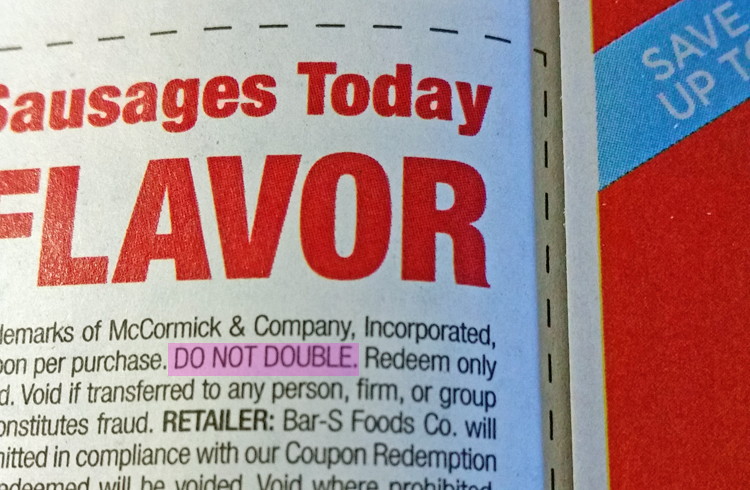
Just so ya know…stores get reimbursed for all the manufacturer coupons they accept. Manufacturers will reimburse a store for the face value of a coupon. Some stores, however, double coupons (stores like Fry’s, Publix, Shoprite, Stop & Shop), discounting customers twice the face value of a coupon. While some manufacturers may reimburse a store on the doubled discount, most will not. Manufacturers make it clear that they won’t fully reimburse a store that doubles coupons by printing “Do not double” right on the coupon. Some stores (like Fry’s) will still double coupons despite the “Do not double” fine print. The store just has to pick up the tab on the second discount. Basically, the verbiage is there to protect the manufacturer and the store. You can still stack a “Do not double” manufacturer coupon with a store coupon on a single item when available. Doubling is getting twice the value out of one coupon. Stacking is using two coupons on one item.
Here’s an example:
I have a $0.50 off manufacturer coupon for Johnsonville sausage, and I want to use it at Publix. Since some Publix stores double coupons, I would normally receive a $1 discount on the sausage with just one coupon. However, since the coupon clearly states “Do not double,” they may not accept it (individual stores differ). Luckily, I also have a Publix store coupon for $0.50 off Johnsonville sausage. So I decide to stack the manufacturer coupon and the store coupon for double the savings anyway.
10. Do you have to buy the products pictured on a coupon?

A lot of couponers assume that the product(s) shown on a coupon are the only items eligible for the discount. Luckily, this isn’t the case. Pay attention to the words on the coupon more than the picture, because most of the time, you have more options—both in product variety and size.
Here’s an example:
There’s a coupon for $1.50 off any Snickers, Twix, M&M’s, Milky Way, or Dove ice cream multi-packs (3-14 ct). The picture on the coupon features the Snickers and Twix brand. By just relying on the photo, your choices are limited to two brands versus the five brands described in the fine print. Also, the picture doesn’t reflect the number of items in the box. The fine print states 3-14. Reading the actual details of the coupon gives you more variety and options.



 Here you will find all the best coupon advice, tips and how to make the most of all your coupons!
Here you will find all the best coupon advice, tips and how to make the most of all your coupons! Are you looking for ways to stretch your dollar?
Are you looking for ways to stretch your dollar? 

